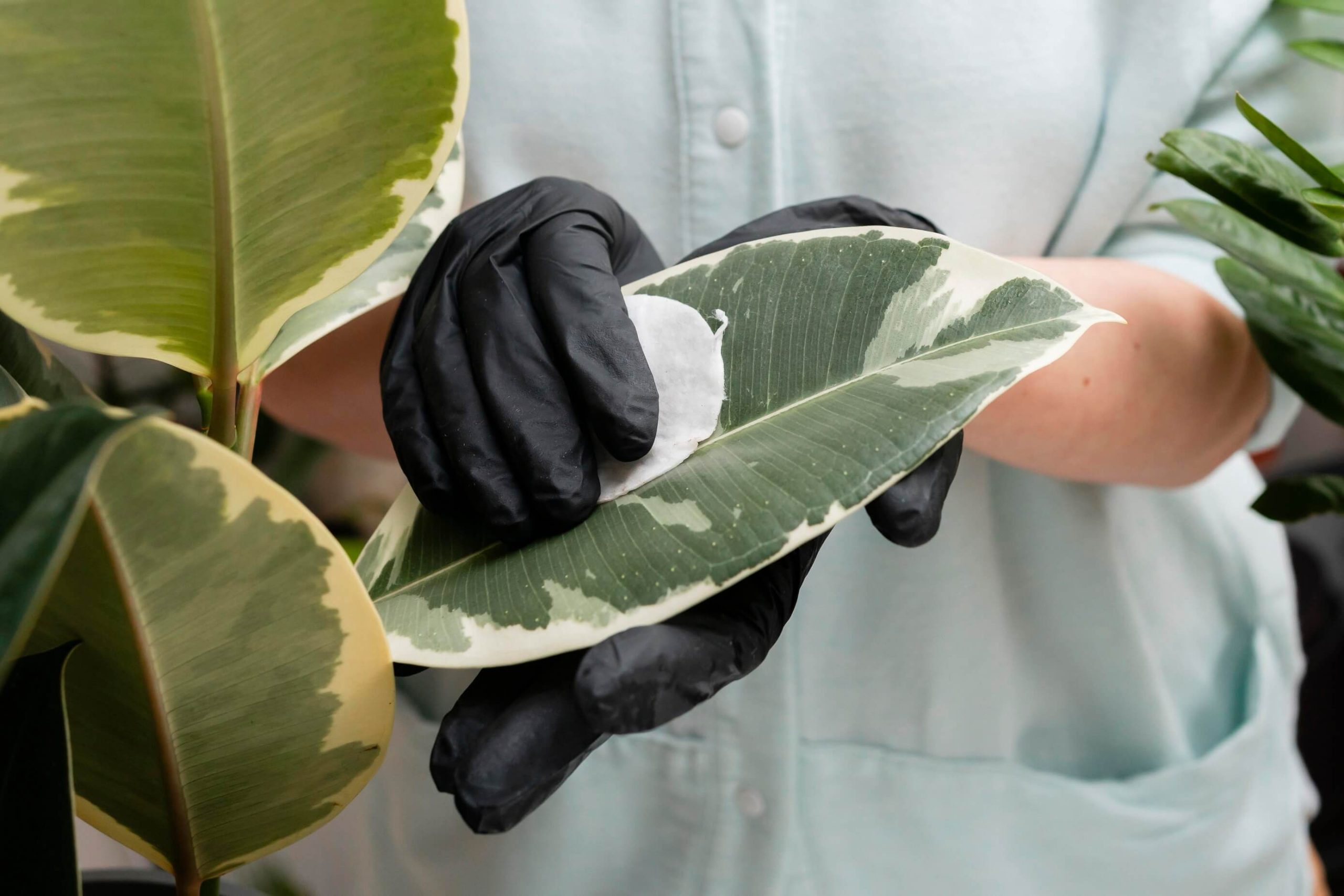Maintaining a thriving garden requires vigilance and care, especially when it comes to protecting your plants from diseases. From leaf spots to powdery mildew, various ailments can afflict your beloved greenery if left unchecked. In this comprehensive guide, we’ll explore how to identify common plant diseases, understand their causes, and implement effective treatment strategies to safeguard your garden’s health.

Understanding Plant Diseases
Plant diseases encompass a wide range of ailments caused by pathogens such as fungi, bacteria, viruses, and environmental stressors. Recognizing the symptoms of these diseases is the first step in implementing appropriate treatment measures.
Identifying Common Plant Diseases
- Leaf Spots: Characterized by circular or irregular lesions on plant leaves, leaf spots are often caused by fungal or bacterial pathogens. Symptoms may include discoloration, necrosis, and defoliation.
- Powdery Mildew: This fungal disease presents as a powdery white coating on the surfaces of plant leaves, stems, and flowers. It thrives in humid conditions and can inhibit photosynthesis if left untreated.
- Downy Mildew: Similar to powdery mildew, downy mildew manifests as fuzzy white or gray patches on the undersides of leaves. It spreads rapidly in cool, moist environments and can cause severe damage to susceptible plants.
- Blight: Blight refers to a group of diseases characterized by rapid wilting, browning, and death of plant tissues. Common types include early blight, late blight, and fire blight, each caused by specific pathogens.
- Canker: Canker is a localized area of dead tissue on plant stems or branches, often accompanied by sunken lesions and discoloration. Fungal and bacterial pathogens can cause canker, leading to reduced vigor and structural weakness in affected plants.
Factors Responsible for Plant Diseases
Several factors contribute to the development and spread of plant diseases, including:
- Environmental conditions such as humidity, temperature fluctuations, and poor air circulation.
- Soilborne pathogens and microbial imbalances.
- Improper watering practices, including overwatering or underwatering.
- Poor plant hygiene and sanitation practices.

Tips to Control Plant Fungus and Diseases
- Promote Plant Health: Maintain optimal growing conditions for your plants, including proper watering, adequate sunlight, and regular fertilization.
- Practice Good Sanitation: Remove and dispose of infected plant debris promptly to prevent the spread of disease.
- Use Disease-Resistant Varieties: Choose plant varieties known for their resistance to common diseases prevalent in your region.
- Apply Preventative Treatments: Use organic or chemical fungicides and bactericides as preventive measures during periods of high disease pressure.
- Monitor Plant Health: Regularly inspect your plants for signs of disease, including unusual discoloration, wilting, or lesions.
If you’re unsure about identifying or treating plant diseases, don’t hesitate to seek advice from professional horticulturists or extension services. They can offer personalized recommendations and guidance tailored to your specific gardening needs. Your garden is a sanctuary of beauty and vitality, deserving of protection from and care. By learning to identify common ailments, understanding their causes, and implementing effective treatment strategies, you can safeguard your garden’s health and ensure its continued flourishing. Empower yourself with the knowledge and tools to combat plant diseases effectively. Contact Cutters Edge today to learn more about our plant health services and how we can help you maintain a vibrant and thriving garden year-round.
Don’t let plant diseases compromise the beauty of your garden. Take proactive steps to protect your plants and preserve their health for years to come. Let’s work together to keep your garden flourishing.





